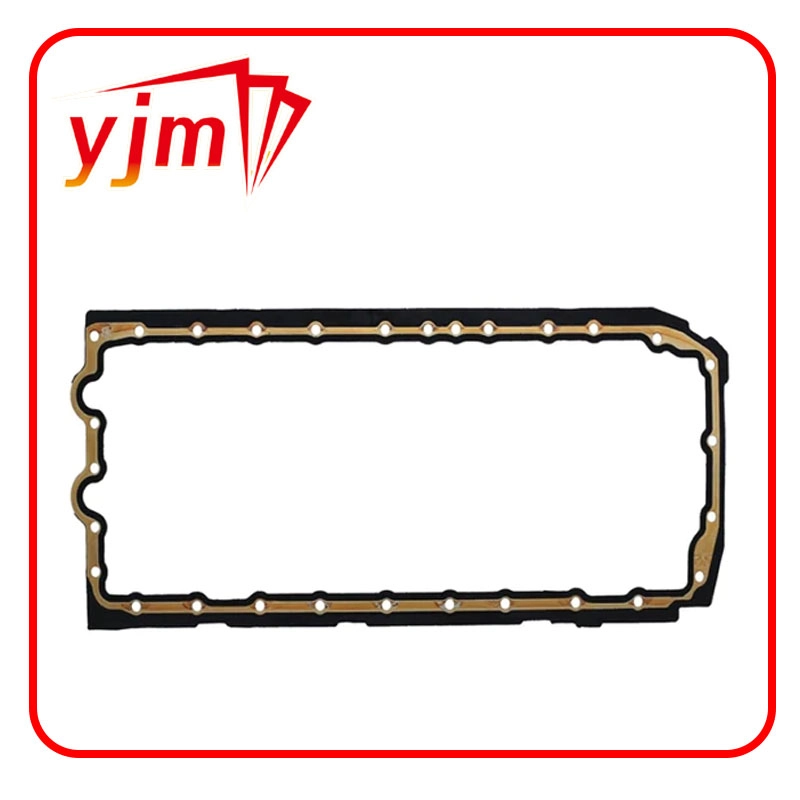Understanding Flat Face Gaskets and Their Applications in Sealing Solutions
Understanding Flat Face Gaskets Applications, Benefits, and Considerations
Flat face gaskets play a critical role in various industries by providing reliable sealing solutions for flanged joints. These gaskets are designed to fit flat flange surfaces and are commonly made from a variety of materials, including rubber, neoprene, PTFE, and compressed fiber. Their applications range from the petrochemical industry to water treatment facilities, demonstrating their versatility and effectiveness in preventing leaks and maintaining system integrity.
What is a Flat Face Gasket?
A flat face gasket is a relatively simple sealing device that lies flat between two surfaces to create a tight seal. Unlike raised face gaskets that feature a raised sealing surface, flat face gaskets do not have this feature, making them suitable for use in systems where the flanges are designed with a flat, non-raised surface. The primary purpose of these gaskets is to prevent the leakage of fluids or gases from the sealing surfaces, ensuring safety and efficiency.
Applications of Flat Face Gaskets
1. Pipelines and Flanged Connections Flat face gaskets are widely used in the pipeline industry, especially in applications involving water, oil, or gas transmission. Their ability to maintain a reliable seal under pressure ensures that fluids can be transported safely without leakage.
2. Chemical Processing In chemical processing plants, flat face gaskets are employed in equipment such as reactors, heat exchangers, and pumps. The materials used for these gaskets are often selected based on the compatibility with the chemicals being handled, ensuring integrity and longevity.
3. HVAC Systems In heating, ventilation, and air conditioning (HVAC) systems, flat face gaskets help seal various components to prevent air leaks and ensure optimal energy efficiency.
Benefits of Using Flat Face Gaskets
flat face gasket

- Cost-Effective Solution Flat face gaskets are generally more economical than their raised face counterparts, which can be an important consideration in large-scale applications involving numerous joints and connections.
- Ease of Installation The simplicity of flat face gaskets allows for easier installation and replacement, reducing downtime during maintenance or inspections.
- Versatility With a variety of materials available, flat face gaskets can be tailored to meet the specific needs of diverse industries and applications. This adaptability makes them a go-to solution for engineers and maintenance personnel.
- Reliable Seal When properly installed, flat face gaskets provide a robust seal, minimizing the risk of leaks and ensuring system pressure is maintained. This reliability is vital in preventing environmental contamination and enhancing workplace safety.
Considerations When Choosing Flat Face Gaskets
When selecting flat face gaskets for an application, several factors must be taken into account
1. Material Compatibility It is essential to choose a gasket material that is compatible with the fluid or gas being handled to prevent chemical degradation or failure.
2. Temperature and Pressure Gasket selection must consider the operating temperature and pressure of the system to ensure that the material can withstand the conditions it will face.
3. Surface Finish The surface finish of the flanges can impact the effectiveness of the gasket seal. Smoother surfaces generally provide better sealing performance, while rough surfaces may require thicker or more compressible gaskets.
In conclusion, flat face gaskets are an indispensable component in numerous industrial applications. Understanding their functions, benefits, and selection criteria can help engineers and maintenance teams make informed decisions that enhance system reliability and safety. As industries continue to evolve, the role of flat face gaskets will remain integral to maintaining the integrity of critical systems.
-
Understanding Cassette Seals: A Durable Solution for Oil and Dirt Protection
News Apr.30,2025
-
Understanding and Maintaining the Polaris Ranger Front Differential
News Apr.30,2025
-
Understanding and Maintaining the Polaris Front Differential
News Apr.30,2025
-
Understanding and Maintaining the Crank Oil Seal for Engine Efficiency
News Apr.30,2025
-
Heavy Duty Seals: Durable Solutions for Home, Industrial, And Commercial Use
News Apr.30,2025
-
Auto Oil Seals: Protecting Your Engine from Leaks and Contamination
News Apr.30,2025
-
Essential Tools and Kits Every Car Owner Should Have
News Apr.29,2025
Products categories















